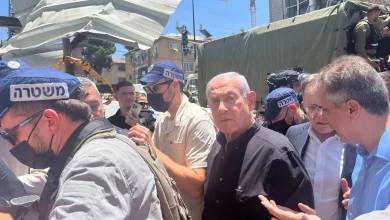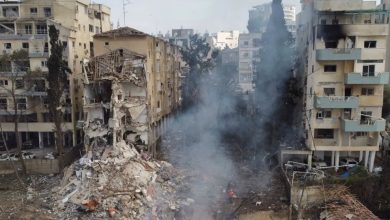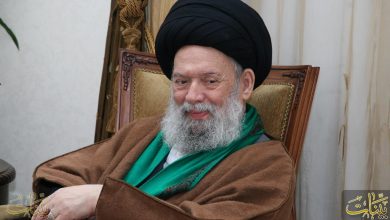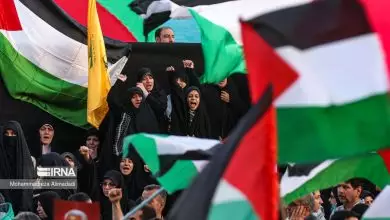NATO not working on ‘no-fly zone’ in Syria
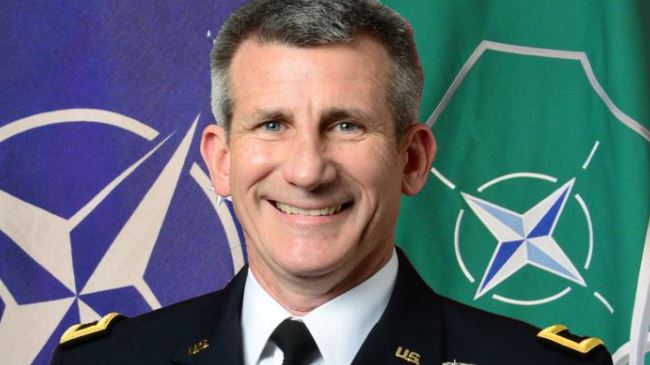
NATO currently has no plans to put up a “no-fly zone” in northern Syria as requested by Turkey to lessen security and humanitarian pressures on its southeastern borders, a top general of the military alliance says.
“A no-fly zone is a resource-intensive undertaking…. But that’s not something we’re looking at right now in this context,” Lieutenant General John Nicholson, the new head of NATO’s Allied Land Command (LANDCOM), said in an interview in the Turkish coastal city of Izmir.
However, he added, “We only make plans at the request of our member states and that’s not something we’re working on right now.”
Nicholson said NATO’s emphasis is shifting to a more expeditionary style force which can be sent quickly to tackle possible threats.
“You may not know where you’re going to fight or when you’re going to fight. Therefore you need to focus on your readiness, being ready to fight sooner rather than later. Days rather than weeks,” he also added.
Turkish President Recep Tayyip Erdogan said in September that a no-fly zone should be established over Syria, claiming that such a zone is required to protect part of the country from attacks by Syria’s air force.
“A no-fly zone must be declared and this no fly-zone must be secured,” Erdogan told reporters on September 27 on his return from the 69th annual session of the United Nations General Assembly in New York, the Associated Press reported.
Erdogan went on to say that the no-fly zone should be set up on the Syrian side of the Turkish border, where a large number of Syrians have fled the foreign-sponsored militancy as refugees.
Ankara’s plans for establishing so-called “safe zones” have not so far been entertained by allies.
Turkey has reportedly been the main entry point for foreign militants who seek to join the ISIL in Iraq and Syria.
The Turkish government is accused of providing heavy logistical support for the ISIL terrorists. Since the start of the crisis in Syria in 2011, Turkey has reportedly allowed its borders to be used as a conduit for aid, weapons and militants heading to Syria.


